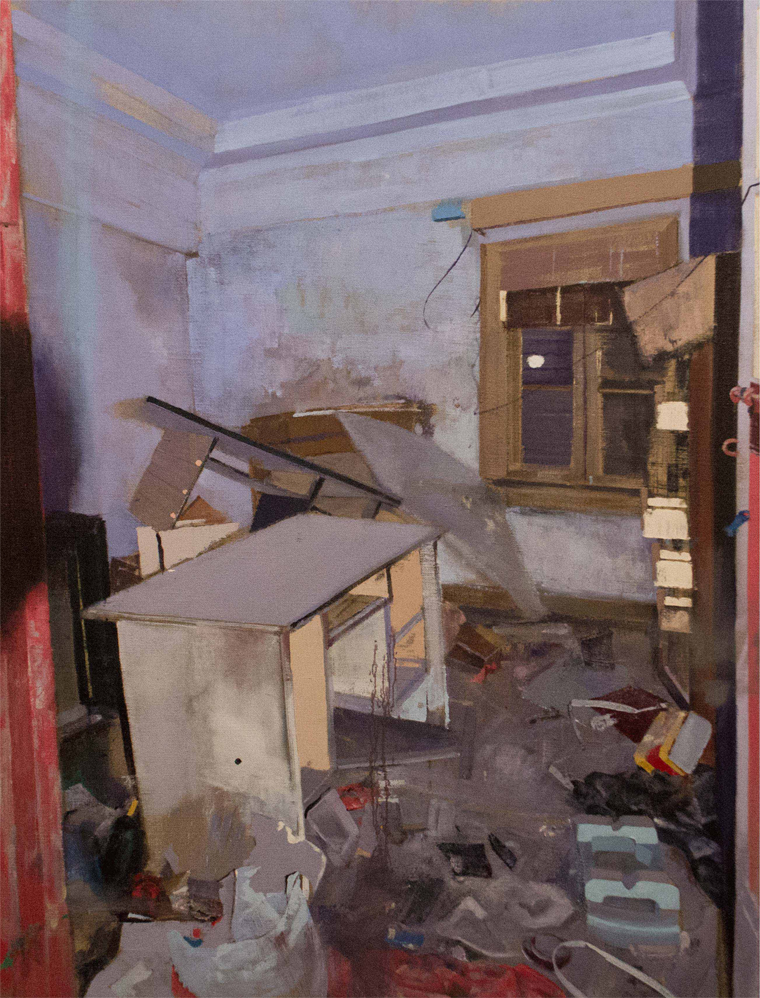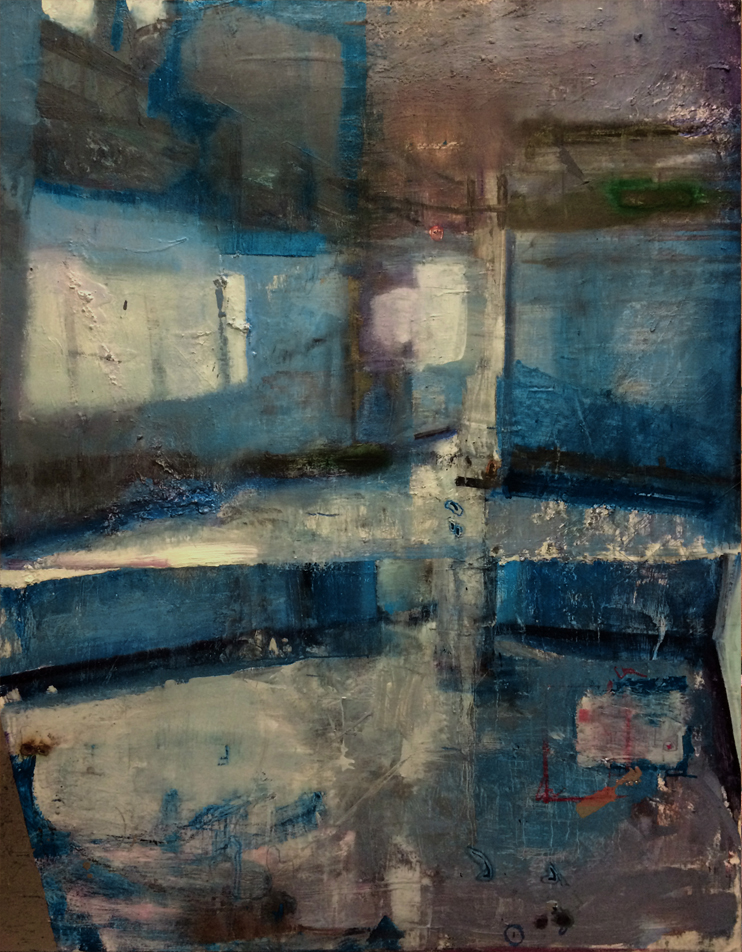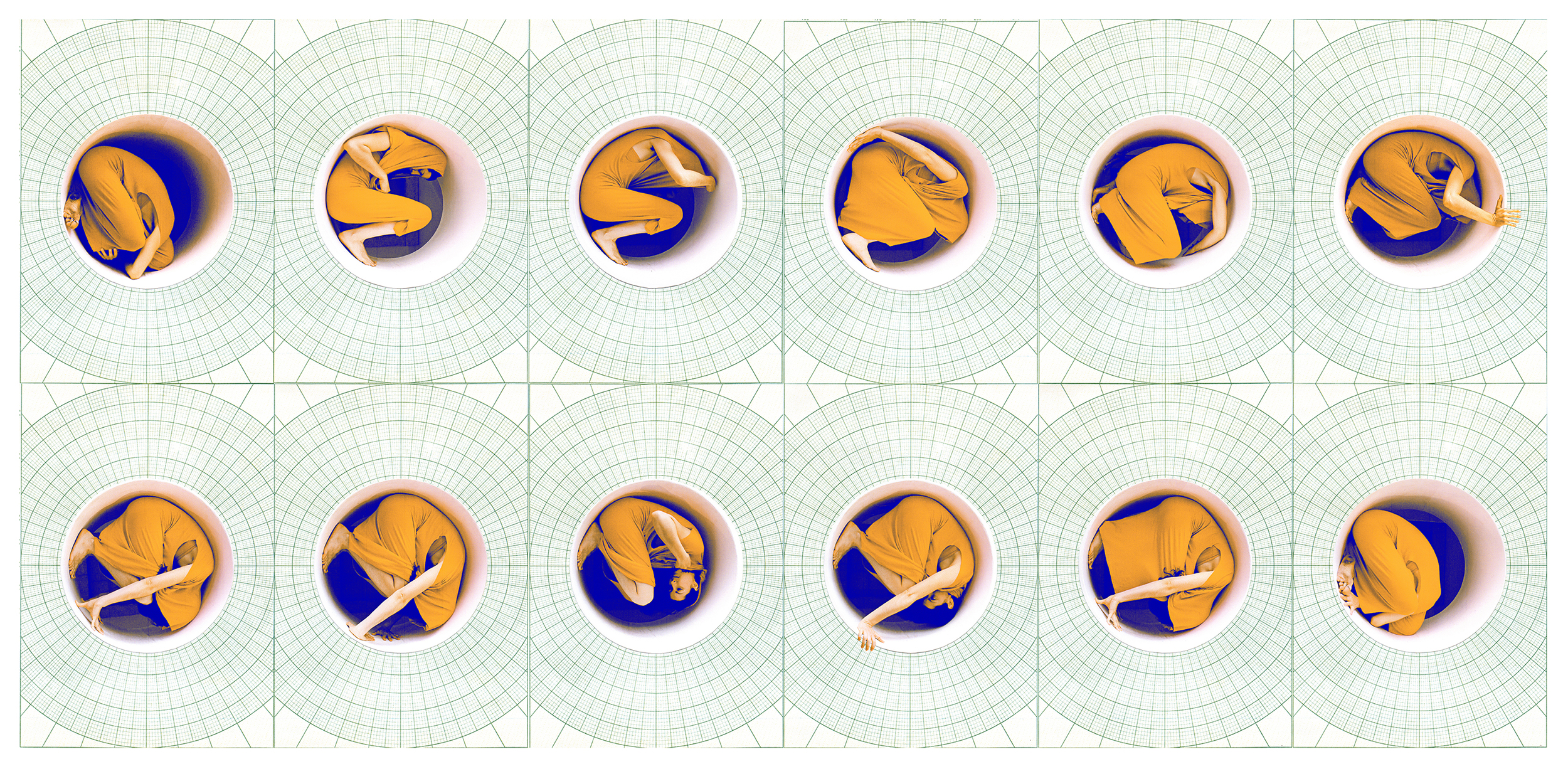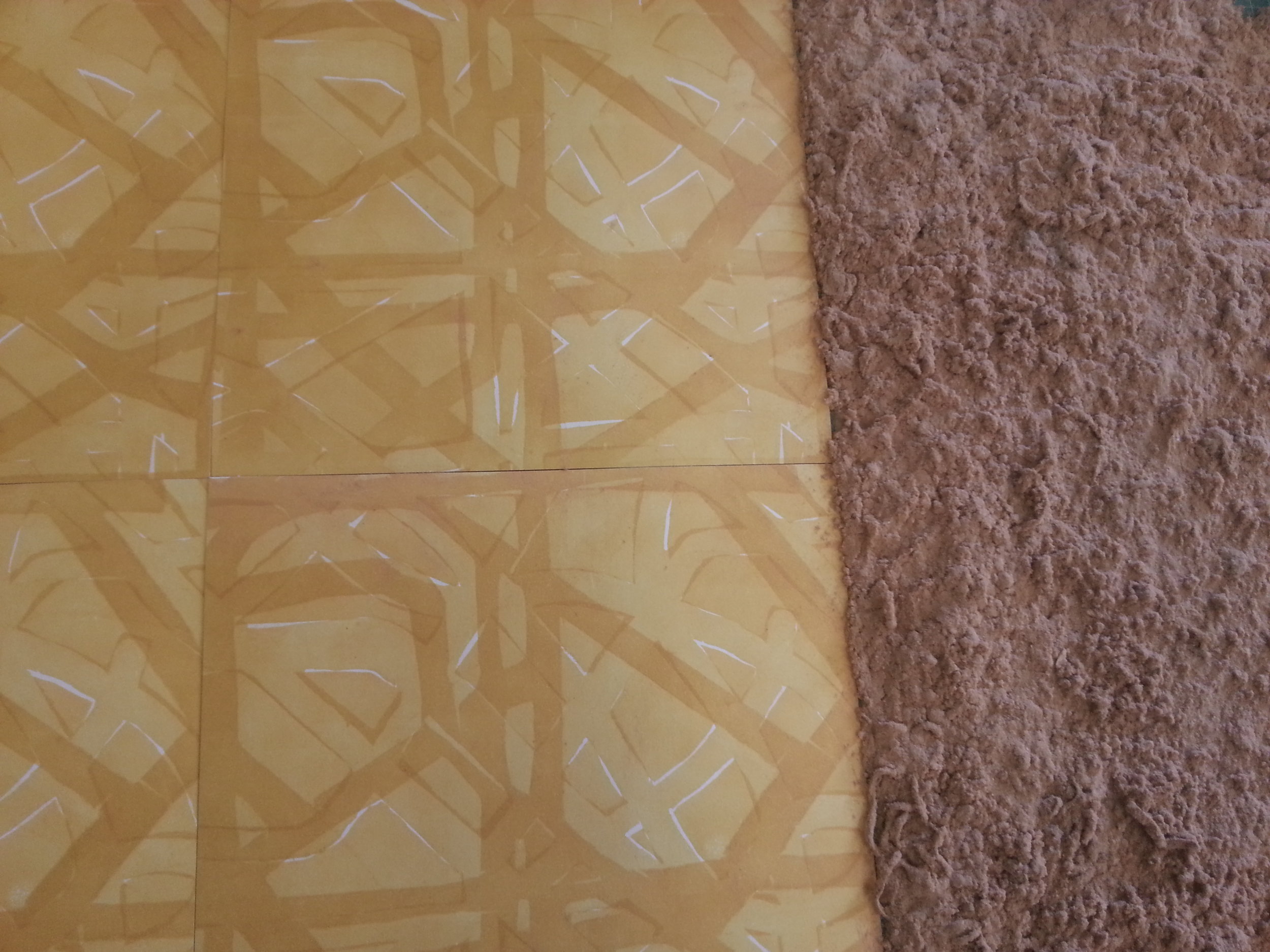RYAN SCHROEDER
My paintings are relics that reflect reality. Through paint, I am exploring space as a phenomenological experience in that the subject matter is assembled through firsthand exploration. I paint abandoned spaces that resonate with me. Some paintings are made perceptually, and others from photographs. However, my main focus is finding a means to visually transmit the dominant psychological feeling of a person or place. I am attracted to spaces that possess a residue of occupation, the visceral sensation of a human presence. These structures provide a frameworkthrough which I am able to have a conversation about decay, neglect, and what it means to be forgotten.
MILCAH BASSEL
My work explores the phenomenology of body-space relations, questioning where experience and imagery converge and crossover. Focused on the space between things the work glides between dimensions, disciplines, and media seeking always to expand the spatial imagination. Ongoing themes intersect the body with architecture and with graphics, the most recent body of work focuses on the body intersecting the grid. Examples for this can be seen in the Body Lexicon series, in A Little Book of Polar Coordinates, and in Grid Piece.
Drawing on countless modernist and contemporary works about the grid by visual artists, writers, and scientists, Grid Piece, a performative sequence spins a poetic, whimsical, and philosophical tale. The imagery, produced over the summer, is an extensive time-lapse sequence where I am seen physically interacting with a large-scale grid. After drawing the grid I proceed to cut into it, performing within as I go along, cutting away until the grid melts into something almost figurative and is then completely diminished; The actions occurring both metaphorically and literally between dimensions.
JOSEPH MARTIN GABRIEL
My curiosities draw upon the boundaries and subtle nuances between what we regard as natural and artificial. Through reconfiguring and reimagining landscapes, I observe the physical environment in different vantage points, from macro to micro-level. Incorporating seemingly incompatible conditions, experiential to experimental encounters, I probe on the tactile, spatial and conceptual topologies within our natural and built environments; putting premium on those that affects how we shape our immediate spaces and how they shape us.
By creating, altering and overlaying various peculiarities, I allow my works to intervene or converse within the context of a given space. Most of my works exist in a temporal condition, producing sculptural installations and images that generate emphasis and contrasts between fragile and rigid; familiar and uncanny; concrete and liminal. My works reflect on the idea of existence and ephemerality where a simultaneous tension is created between something that exudes life and something that shows the lack or absence thereof.
JEREMY SMITH (Key Holder)
My work investigates the relationship between people, objects of display and the interior spaces where they interact. In an effort to describe ourselves, we adorn our personal spaces and develop an image of self through the contents we choose to display in a room. The presentation of these objects helps fabricate an image of the occupant and becomes a depiction of self-narrative. The relationship between the object and its possessor becomes entangled; the memory of the self becomes replaced by the memory of the object and leaves one to question which is ultimately the curiosity? On an intimate level, we are comforted by the objects that we choose to live with, and on a public level, we represent ourselves through the fabricated images we share with others.
The materials used in my work are overlooked, ephemeral and are considered to have little or no value. As I apply my experience with craft to materials commonly dismissed as disposable, these materials lose their insignificance, suggest the elegance of others and appear to be ready-made. Corrugated cardboard, paper and ink are used in various printmaking processes that create a manicured surface that helps transform these trophies or totems from common utility to objects of desire. The surface and form of these objects have separate histories, but come together to have a combined existence in the context of this display. By relying on the power of the original, the representation assumes that character or value through this process of mimesis.
Sentimentality develops into a need or desire that must be sustained or reinforced by the presence of objects. My work questions what we cherish more, the image of the object, the idea of the experience or the object itself? I believe that this desire can be satisfied through multiple sources, but how one displays or expresses this satisfaction is what my work explores.







































